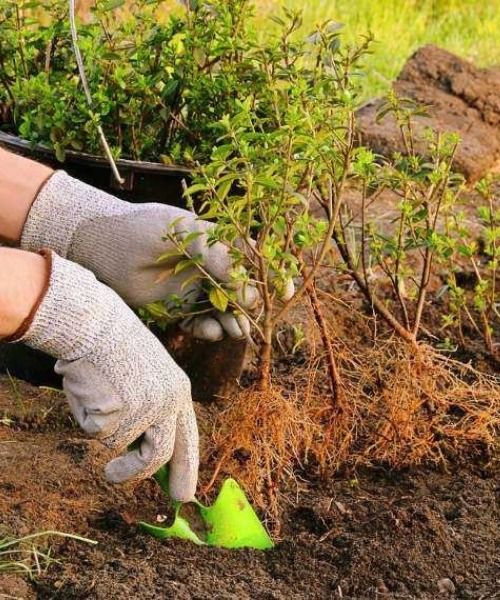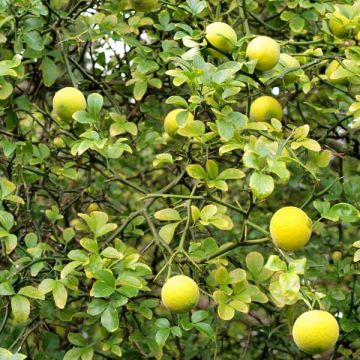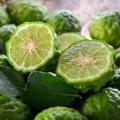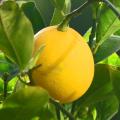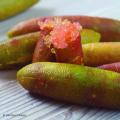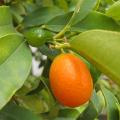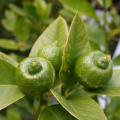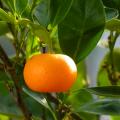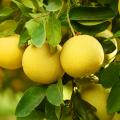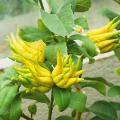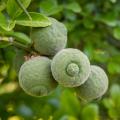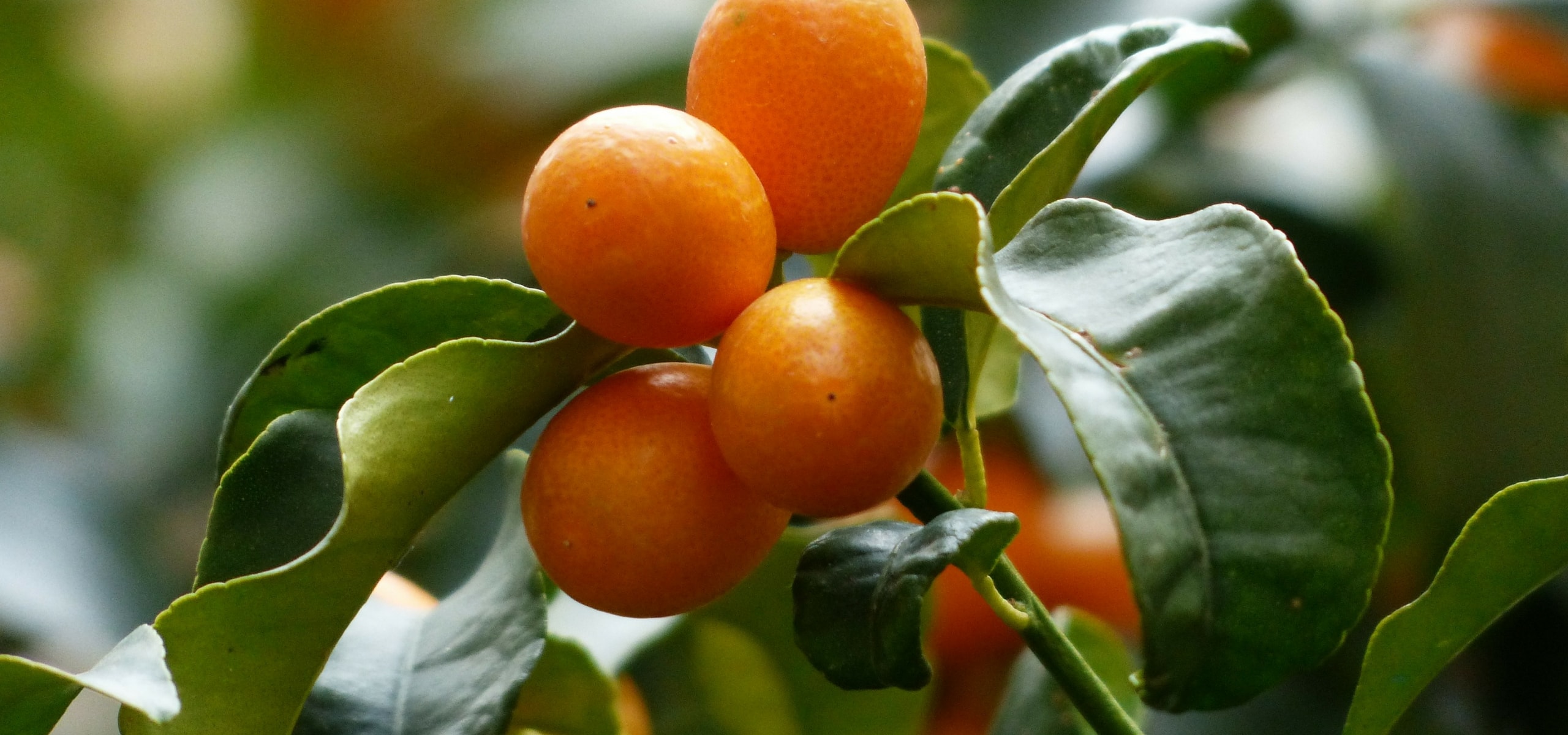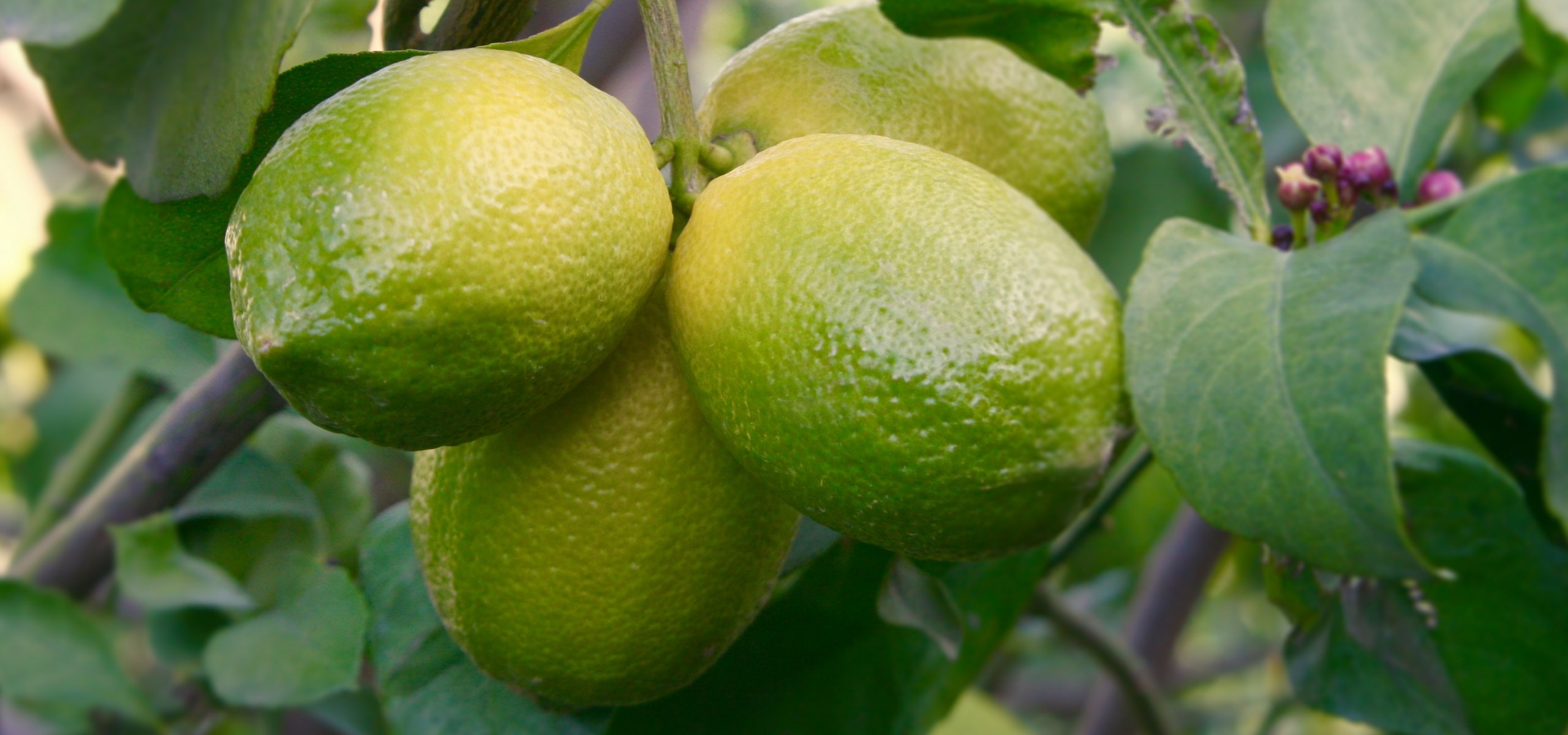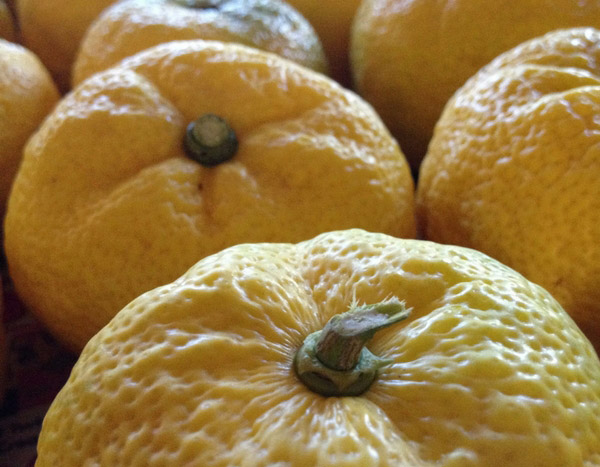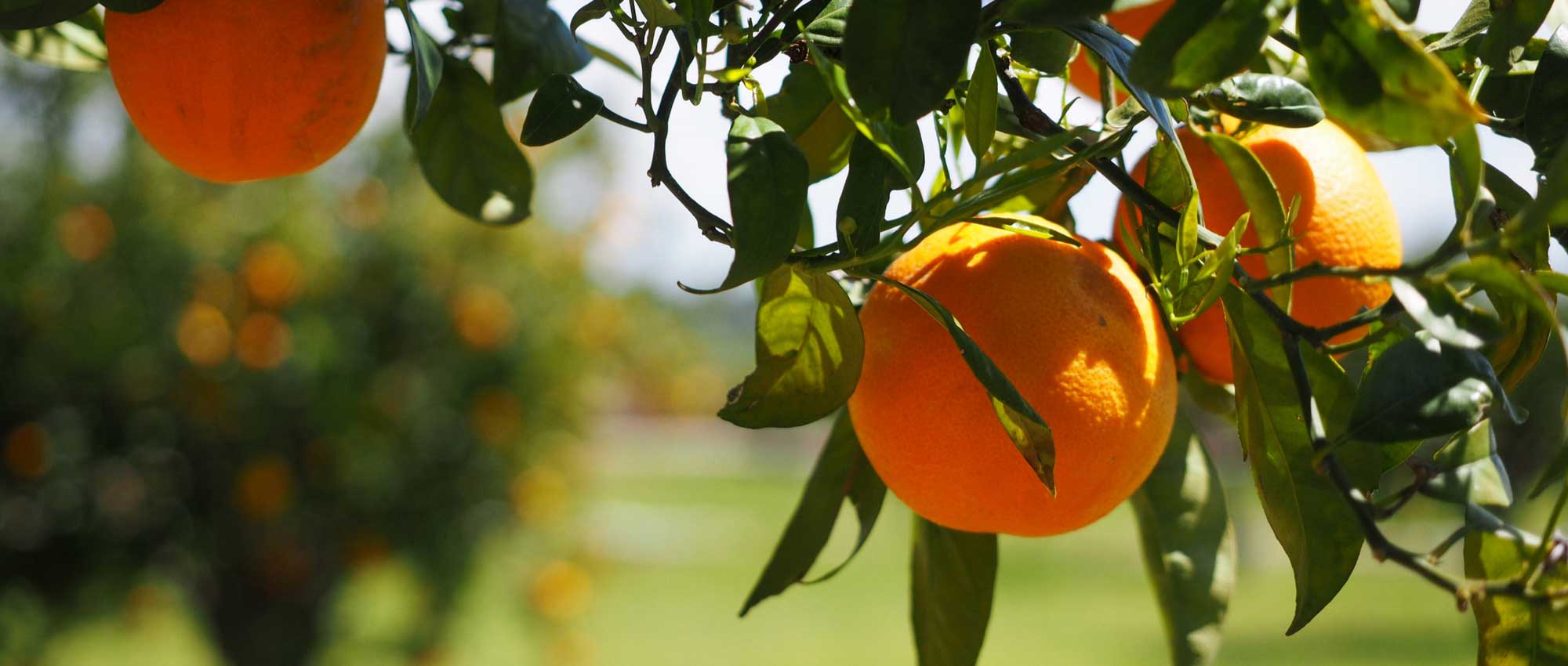Lemon trees, all our special offers
Would this plant suit my garden? Set up your Plantfit profile →
Available in 2 sizes
The citrus tree, Citrus limon in Latin, is a beautiful evergreen citrus tree that requires specific soil and climatic conditions. It can only be grown in open ground in a small part of the Mediterranean coast. Everywhere else, this evergreen bush can be easily grown in a large pot or container that can be sheltered from the cold in winter. Its wonderful white and highly fragrant flowering is just as appreciated as its yellow fruits, which are filled with very juicy and tangy pulp. Lemon juice is used in homemade lemonades, lemon zest adds flavour to desserts, and the whole or quartered fruits can be used to enhance many cooked dishes. The lemon tree is sensitive to low temperatures and requires a soil that is fertile, light, moist, and a close to neutral pH. Adequate sunlight is also crucial to achieve good fruiting. It also requires regular care and attention from the gardener. Discover our selection.
Haven't found what you were looking for?
































